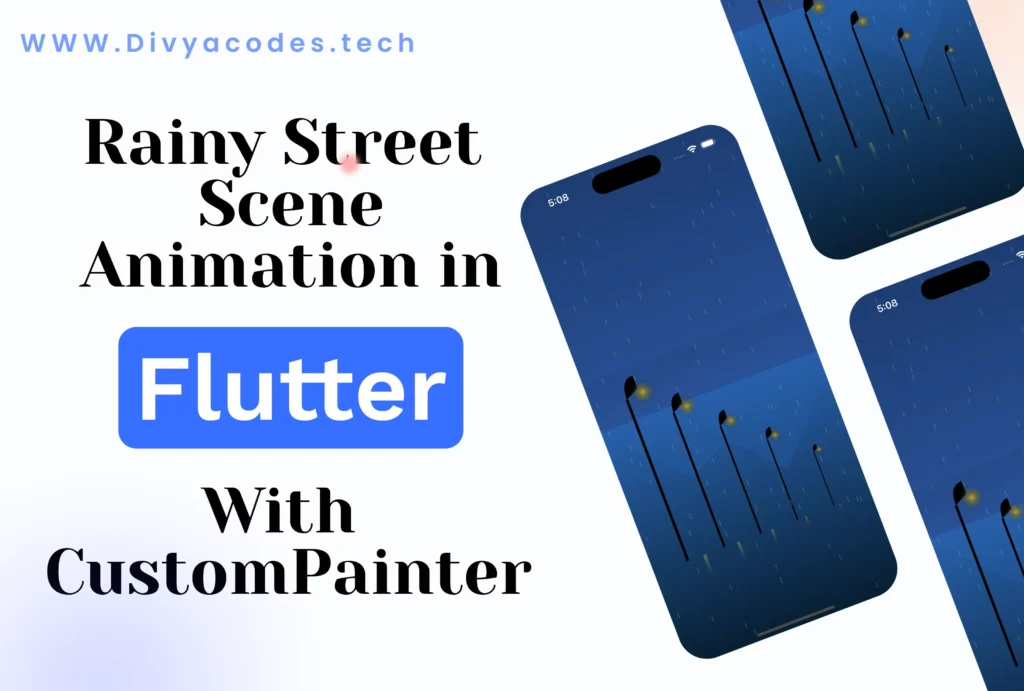When building mobile apps, storing small bits of data—like login status, user settings, or preferences—is a common requirement. That’s where SharedPreferences in Flutter comes to the rescue! It offers a simple way to save key-value pairs locally, so your app can remember things even after it’s closed. In this step-by-step guide, we’ll walk you through exactly how to set up and use SharedPreferences in Flutter, with real code examples to help you implement it quickly and effectively. Whether you’re saving a user’s theme choice or a simple login flag, this guide will help you get it done in minutes!
In this blog, we will explore:
- What is Shared Preferences?
- How to integrate it into a Flutter project
- Writing, reading, and deleting data
- Understanding how Shared Preferences works internally
- Limitations and best practices
What is SharedPreferences in Flutter?
SharedPreferences is a way to save small bits of data on the user’s phone. It helps your app remember things like:
- If the user is logged in
- The theme they chose (dark or light)
- Their name or email
- App settings or preferences
This data stays saved even when the app is closed or the phone is restarted.
How to use shared preferences in Flutter?
To use Shared Preferences, we have to use package so add the following dependency in pubspec.yaml:
Step 1: Add the package
dependencies:
shared_preferences: ^2.2.0 # or latest versionThen run this command in your terminal:
flutter pub getStep 2: Import SharedPreferences
Now, import the package into your Dart file:
import 'package:shared_preferences/shared_preferences.dart';
Step 3: Save Data
To save data, use the set methods of SharedPreferences:
Future<void> saveData() async {
final SharedPreferences prefs = await SharedPreferences.getInstance();
await prefs.setString('username', 'JohnDoe');
await prefs.setInt('age', 25);
await prefs.setDouble('height', 5.9);
await prefs.setBool('isDarkMode', true);
await prefs.setStringList('hobbies', ['Reading', 'Gaming', 'Coding']);
}Step 4: Read Dat
To fetch stored data, use the corresponding get methods:
Future<void> readData() async {
final SharedPreferences prefs = await SharedPreferences.getInstance();
String? username = prefs.getString('username');
int? age = prefs.getInt('age');
double? height = prefs.getDouble('height');
bool? isDarkMode = prefs.getBool('isDarkMode');
List<String>? hobbies = prefs.getStringList('hobbies');
print('Username: $username');
print('Age: $age');
print('Height: $height');
print('Dark Mode: $isDarkMode');
print('Hobbies: $hobbies');
}Step 5: Removing Data
To delete a specific key:
Future<void> removeData() async {
final SharedPreferences prefs = await SharedPreferences.getInstance();
await prefs.remove('username');
}To clear all stored preferences:
Future<void> clearData() async {
final SharedPreferences prefs = await SharedPreferences.getInstance();
await prefs.clear();
}How Shared Preferences Works Internally
Platform-Specific Storage
Flutter is a cross-platform framework, but SharedPreferences uses native storage under the hood:
- 📱 Android → Uses
SharedPreferencesAPI from Android SDK. It saves data in an XML file in the app’s internal storage. - 🍎 iOS → Uses
NSUserDefaults, Apple’s built-in storage for user preferences. - 🖥️ Web → Uses
window.localStorage(browser’s local storage).
Flutter’s shared_preferences package is a wrapper that gives you one simple Dart API, while doing the platform-specific stuff behind the scenes.
Key-Value Storage
All data is stored as simple key-value pairs, such as:
dart"username" : "John"
"isLoggedIn" : true
It supports only basic data types:
StringintdoubleboolList<String>
Each key must be unique, like a label for your data.
Saves to Disk Automatically
When you call something like:
prefs.setString('name', 'Alex');
It,
- Calls the Dart-side method
- Sends a message via platform channels to the native platform
- The native code (Java/Kotlin on Android, Swift/Obj-C on iOS) saves it to persistent storage
The data is stored on the device’s disk and stays available even after app restarts.
No Encryption (by Default)
SharedPreferences is meant for simple preferences, not secure data like passwords or tokens. If you need secure storage, consider using:
flutter_secure_storageEncryptedSharedPreferenceson Android
Summary
| Platform | Storage Used |
|---|---|
| Android | SharedPreferences (XML files) |
| iOS | NSUserDefaults |
| Web | window.localStorage |
Limitations
- Not for large data: Shared Preferences is not optimized for large data sets.
- No encryption: Data is stored in plain text; do not use it for sensitive information.
- Limited to primitive types: Does not support complex objects like maps or custom classes.
Best Practices
- Use Shared Preferences only for simple key-value data.
- Avoid storing large data structures; use a local database like SQLite or Hive for that.
- If you need encryption, use
flutter_secure_storageinstead. - Always handle
nullvalues when retrieving data to prevent crashes.
Conclusion
Shared Preferences in Flutter is an easy-to-use solution for storing user preferences and lightweight data. By understanding its workings, limitations, and best practices, you can use it effectively in your apps. Happy coding!!




